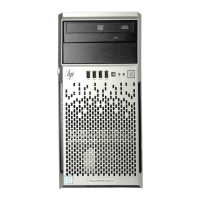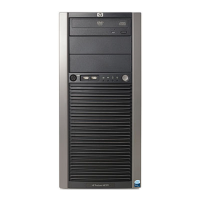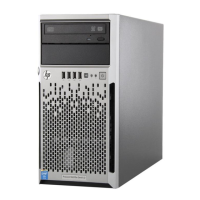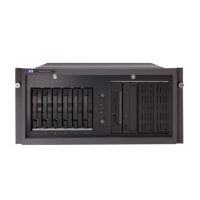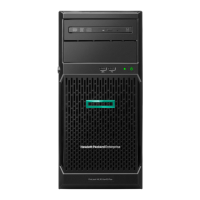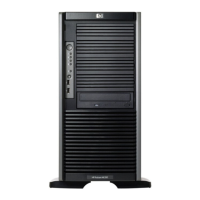1. Access Add/Remove Programs.
2. Select Add/Remove Windows Components > Active Directory Services > Details.
3. Install Identity M anag e ment for Windows.
MSNFS use scenarios
ThefollowingusescenariosaresupportedbyMSNFSfile services:
• Allow UNIX cli
ents to access resources on computers running Windows Server 2003 R2.
Your company m
ay have U N IX clients a ccessing resources, such as files, on UNIX file servers. To take
advantage of
new Windows Server 2003 features, such as Shadow Copies for Shared Folders, you
can move reso
urces from your UNIX servers to computers running Windows Server 2003 R2. You can
then set up M
SNFS to enable access by UNIX clients that are running NFS software. All of your UNIX
clientswillbeabletoaccesstheresourcesusingtheNFSprotocolwithnochangesrequired.
• Allow computers running Windows Server 2003 R2 to access resources on UNIX file servers.
Your company may have a mixed Windows and UNIX environment with resources, such as fi les,
stored on U
NIX file servers. You can use MSNFS to enable computers running Windows Server 2003
R2 to acces
s these resources when the file servers are running NFS software.
NOTE:
Services for NFS can be implemented in both clustered and non-clustered environments using select
storage servers. This chapter discusses Services for NFS in a non-clustered deployment. If your storage
server is capable of using clusters, see the Cluster administration chapter for more information. (This
chapter is not in manuals for those models that cannot use clusters.)
MSNF S components
MSNFS comp rises the following three main components:
• Username Mapping Ser ver
Username Mapping Server maps user names between Windows and UNIX user accounts. In a
heterogeneous network, users have separate Windows and UNIX security accounts. Users must
provide a different set of credentials to access files and other resources, depending on whether they
are stored on a Windows or UNIX file server. To a ddress this issue, Username Mapping Server
maps the Windows and UNIX user names so that users can log on with either their Windows or
UNIX credentials and access resources regardless of whether they are stored on a Windows or
UNIX file server.
• Server for NFS
Normally, a UNIX computer cannot access files on a Windows-based computer. A computer running
WindowsServer2003R2andServerforNFS,however,canactasafile server for both Windows
and UNIX computers.
• Client for NFS
Normally, a Windows-based computer cannot access files on a UNIX computer. A computer running
Windows Server 2003 R2 and Client for NFS, however, can access files stored on a UNIX-based
NFS server.
The Client for NFS feature of the Microsoft Services for NFS component is not preinstalled on the storage
server although information about this feature appears in the online help. To enable Client for NFS:
1. Go to Add/Remove Programs.
2. Select Add/Remove Windows Components > Other Network File and Print Services > Microsoft
Services for NFS > Details.
76
Microsoft Serv ices for Network File S ystem (MSNFS)
